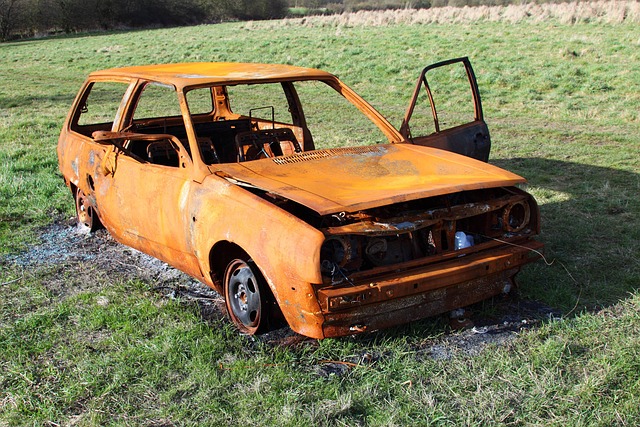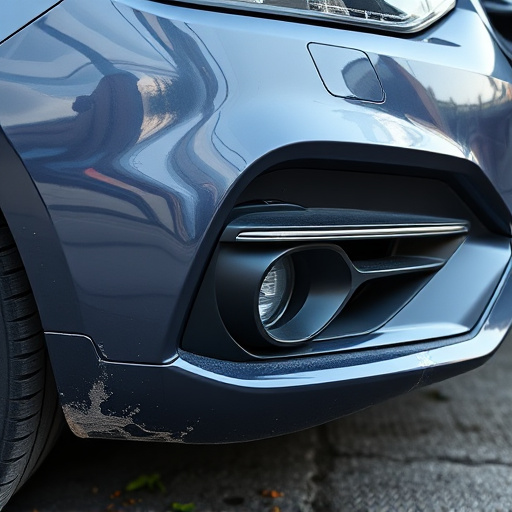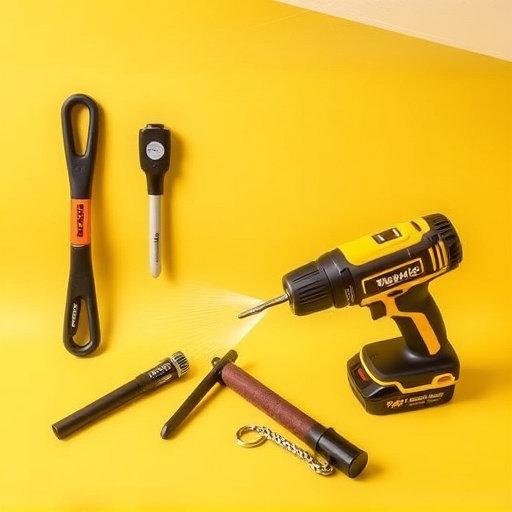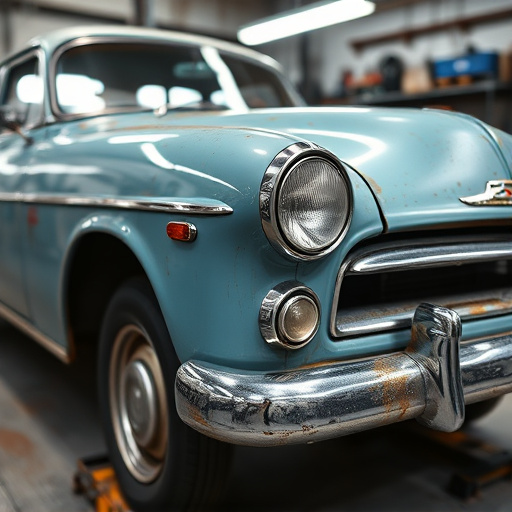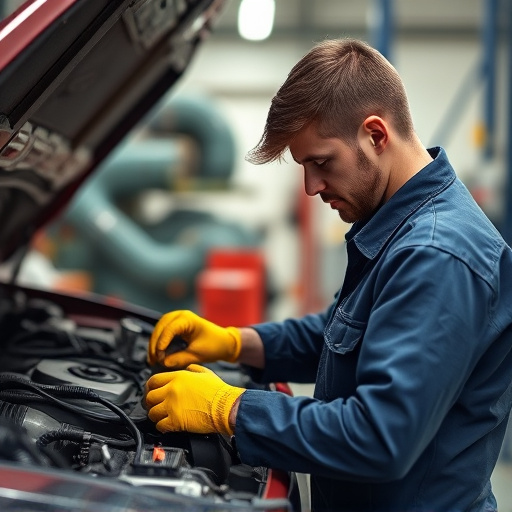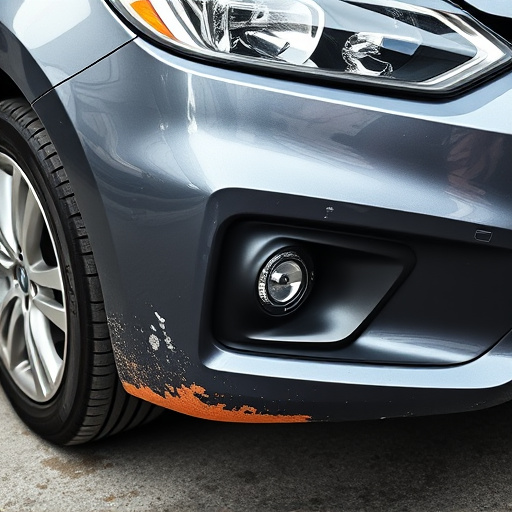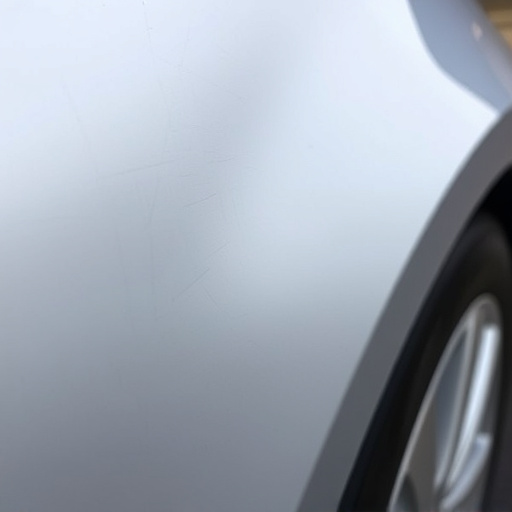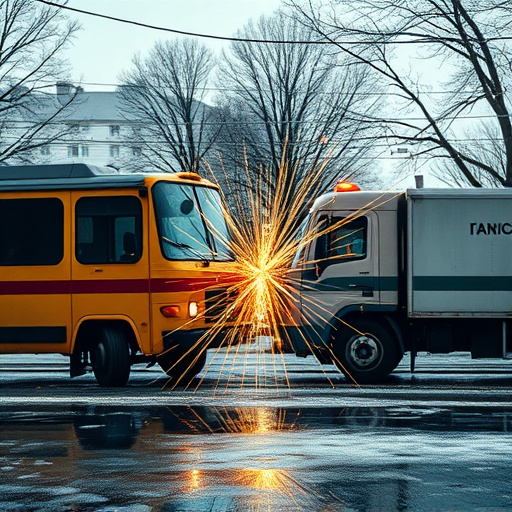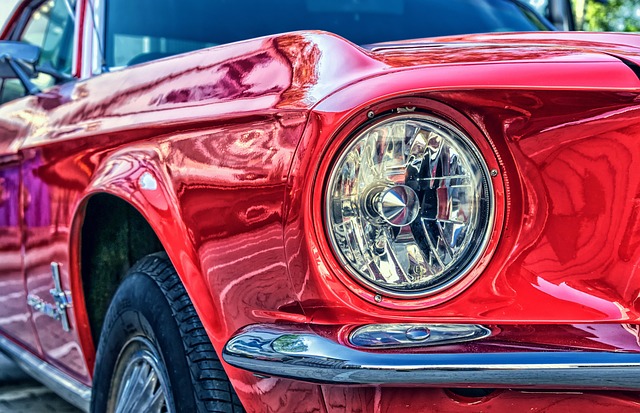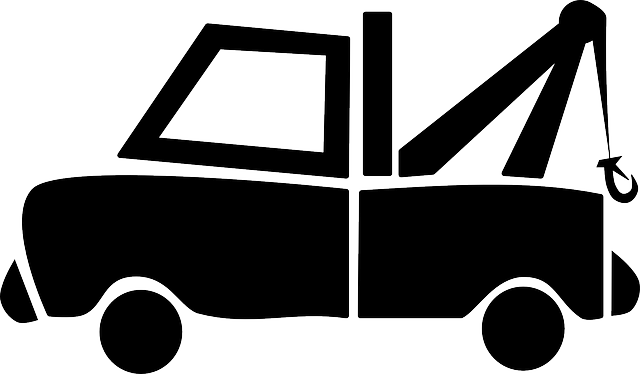PDR for aluminum panels requires specialized tools and techniques to gently remove dents without damaging the surface, maintaining the original finish. Advanced tools like precision dent pullers, air compressors, and specialized brushes enhance productivity and reduce repair time. Best practices involve meticulous surface preparation, tool use, pressure control, and drying times for superior quality results in auto body repair.
In the automotive repair industry, Plastic Deformation Repair (PDR) is a game-changer for panel restoration. When it comes to aluminum panels, specific techniques and tools are essential for achieving high-quality results. This article delves into the art of PDR tailored for aluminum, exploring specialized tools that enhance efficiency in panel restoration. From understanding unique PDR techniques to best practices, we provide insights ensuring top-notch outcomes for professionals and enthusiasts alike, revolutionizing the way you approach aluminum panel repairs.
- Understanding PDR Techniques for Aluminum
- Specialized Tools for Efficient Panel Restoration
- Best Practices and Tips for Quality Results
Understanding PDR Techniques for Aluminum

The process of Paintless Dent Repair (PDR) on aluminum panels requires a unique set of techniques and tools compared to other materials. Aluminum is a lightweight, durable metal commonly used in modern automotive construction, but its soft, thin gauge presents challenges during dent removal. Understanding the material’s characteristics is key to successful PDR. Professionals employ specialized techniques to minimize damage and maintain the panel’s original finish.
One of the primary considerations for PDR on aluminum is preventing scratch or mark-up of the surface. Unlike steel, aluminum can be more susceptible to damage from traditional dent removal methods. Skilled technicians use precise tools and techniques, such as specialized dents, mallets, and air pressure control, to gently work out dents while preserving the panel’s integrity and finish. This process ensures effective car dent removal without leaving unsightly marks or compromising the auto body repair’s long-term durability.
Specialized Tools for Efficient Panel Restoration

In the realm of vehicle repair services, particularly for auto body shops addressing fender benders and other minor dents, Paintless Dent Repair (PDR) has emerged as a game-changer. When it comes to PDR for aluminum panels, specialized tools play a crucial role in efficient panel restoration. These advanced tools are meticulously designed to cater to the unique characteristics of aluminum, ensuring precise and effective removal of dents without the need for traditional paint jobs.
By leveraging the right PDR equipment, auto body shop technicians can enhance their productivity while maintaining high-quality results. Specialized tools such as precision dent pullers, air compressors, and specialized brushes enable detailed work on intricate shapes and curves often found in modern vehicles. This not only expedites the repair process but also minimizes the risk of damage to the panel’s finish, making it an ideal solution for both auto body shops and vehicle owners looking for swift and cost-effective solutions to fender benders.
Best Practices and Tips for Quality Results

When it comes to PDR for aluminum panels, adhering to best practices ensures top-notch quality results. Begin by preparing the surface thoroughly; this includes cleaning and decontaminating the panel to eliminate any contaminants that could interfere with the repair process. Using specialized cleaning agents and deionized water is recommended for achieving a pristine finish. Before initiating PDR, conduct a thorough inspection to identify damage and determine the extent of repairs needed.
For optimal outcomes, employ advanced tools designed explicitly for aluminum panels. These tools are engineered to minimize paint damage and deliver precise results. During the repair process, maintain consistent pressure and use smooth, even strokes. Allow adequate time for drying between stages to prevent overspray and ensure the integrity of the freshly repaired area. Remember that practice makes perfect; honing your skills through regular training sessions will contribute significantly to delivering high-quality car body repair and paint services in an auto repair shop.
PDR for aluminum panels has revolutionized the automotive repair industry, offering efficient and effective solutions for restoring damaged vehicles. By understanding specific techniques tailored to aluminum and investing in specialized tools, technicians can achieve exceptional results. Following best practices ensures high-quality repairs, preserving the integrity and aesthetics of these modern vehicle surfaces. With the right approach and equipment, PDR on aluminum panels is a game-changer, providing long-lasting, professional finishes.
